Unveiling the Secrets of Anodizing Cast Aluminum: Challenges and Solutions
After polishing, the surface quality of aluminum castings is typically very high, even achieving a “mirror” finish with passivation. Unless specified by the customer, no further treatment is usually required.
“Electrolytic polishing” (or Electropolishing)can further enhance the surface quality.
Anodizing improves corrosion resistance, eliminating the need for vibratory polishing.
Dyeing enhances corrosion resistance and allows for the desired color, also eliminating the need for vibratory polishing.
Anodizing of Aluminum Castings
Anodizing is the electrochemical oxidation of metals or alloys. Metal or alloy parts serve as the anode, forming an oxide film on the surface through electrolysis. This oxide film changes the surface properties, such as color, corrosion resistance, wear resistance, and hardness, thereby protecting the metal surface. While anodizing is common for aluminum castings, the process can be challenging due to the alloy’s composition.
A seasoned anodizing technician explained that while anodizing cast aluminum alloys is difficult, it is not impossible. The difficulty arises from the mixed metal content, which affects the conductivity and quality of the oxide layer. Variations in alloy composition lead to differences in the oxide layer’s thickness and density, resulting in an uneven surface and poor aesthetic quality. However, technical measures can mitigate these issues.
The expert also noted that different grades of cast aluminum alloys have varying degrees of anodizing difficulty. Die-cast aluminum is generally more challenging to anodize than cast aluminum due to differences in silicon content, which affects the melting and flow properties. Common die-cast aluminum like A380 has a silicon content between 7.5% and 9.5%, while A356 has between 6.5% and 7.5%. Higher silicon content can result in uneven anodized surfaces.
Surface Treatments for Die-Cast Aluminum in Lighting Fixtures
Analysis and Prevention of Anodizing Failures in Aluminum Alloys
Abstract: This paper focuses on common failures in sulfuric acid anodizing of aluminum alloys, analyzing their causes and suggesting preventive measures to ensure quality.
Introduction:
Anodizing aluminum involves using aluminum or aluminum alloys as the anode and lead plates as the cathode in an electrolyte solution such as sulfuric acid, oxalic acid, or chromic acid, to form an oxide film on the surface. Sulfuric acid anodizing is the most widely used method. The oxide film has high adsorption capacity, making it suitable for sealing or coloring, which enhances corrosion resistance and appearance. The oxide film is typically 3-15 μm thick. Sulfuric acid anodizing is simple, stable, and cost-effective, but various failures can occur, affecting the quality of the oxide film.
Common Failures and Analysis:
1.Localized Absence of Oxide Film: This results in visible black spots or streaks, bulges, or holes in the oxide layer. Causes include the composition and uniformity of the aluminum alloy, or impurities in the electrolyte.
2.Incomplete Oxide Film: Parts treated in the same bath may have incomplete or thin oxide layers, or show burn marks at contact points with fixtures. This is often due to poor electrical contact or residual oxide layers on the fixtures.
3.Powdery Oxide Film: The oxide film may become loose and powdery, especially in summer without cooling devices. High temperatures increase the likelihood of this issue, which affects corrosion resistance.
4.Dull, Corroded Oxide Film: Intermittent power failures or long immersion in cleaning solutions can cause the oxide film to become dull or corroded.
Preventive Measures:
1.Appropriate Pretreatment: Different aluminum alloys require specific pretreatment methods. For example, cast aluminum surfaces often need sandblasting or pickling to remove the original oxide film.
2.Proper Fixture Selection: Fixtures must ensure good electrical conductivity and minimal contact marks. Used fixtures should be thoroughly cleaned of oxide residues.
3.Temperature Control: The electrolyte temperature should be controlled between 15-25°C. Adding certain acids can help manage temperatures above 35°C without compromising the oxide layer quality.
4.Water Quality: Use deionized or distilled water for the electrolyte solution to avoid impurities that can affect the anodizing process.
Sulfuric acid anodizing of aluminum alloys is a well-established and widely used method. By adhering to process conditions and proper handling, high-quality anodized oxide films can be consistently achieved.


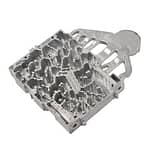

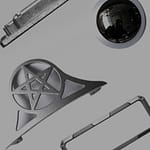
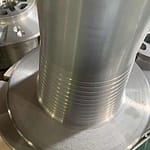
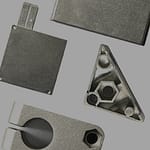
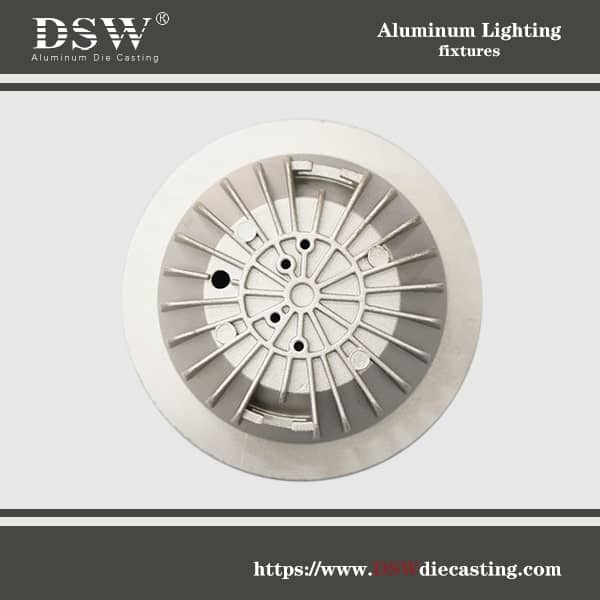
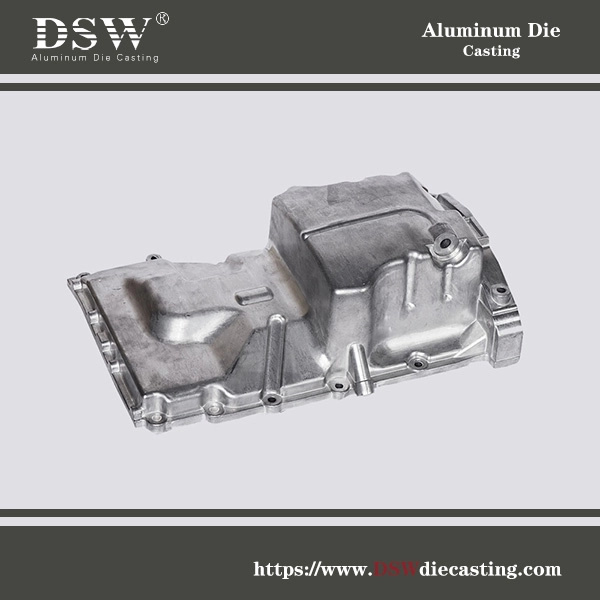

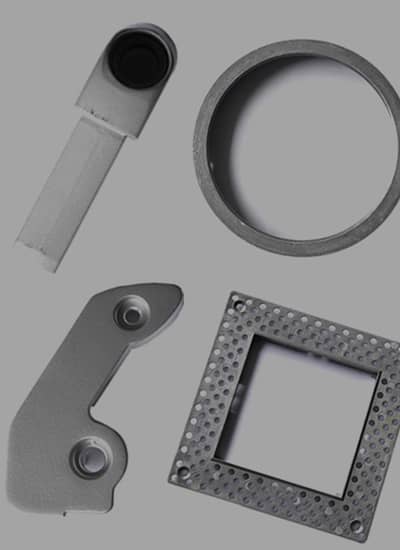
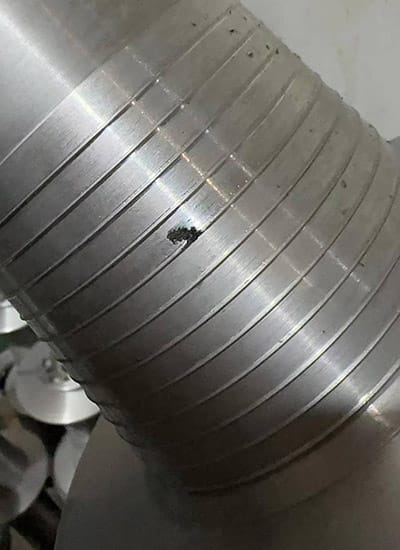
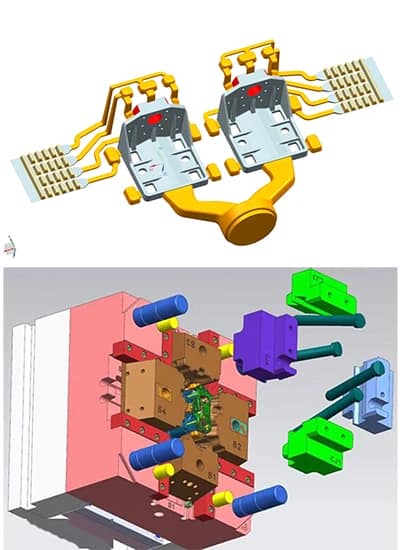
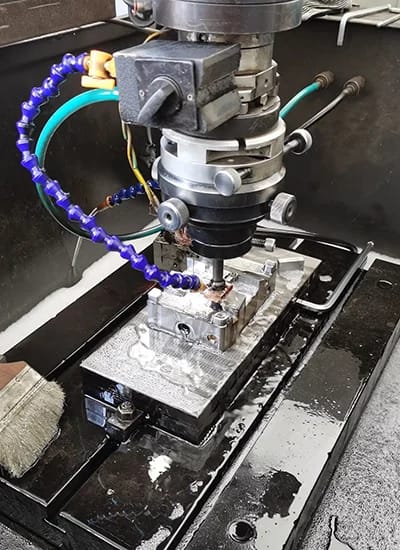

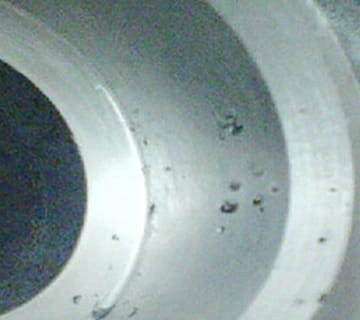
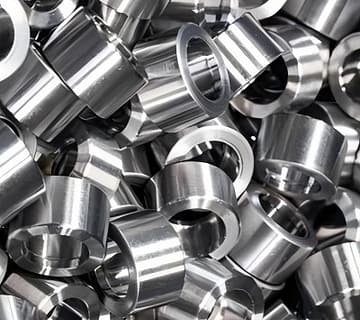
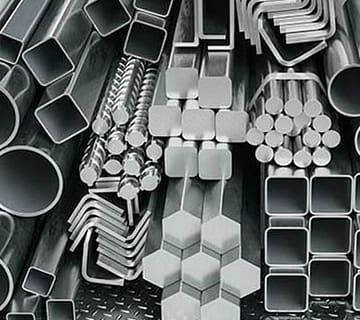
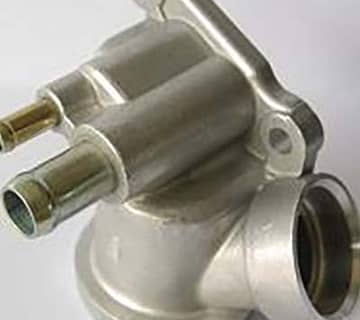
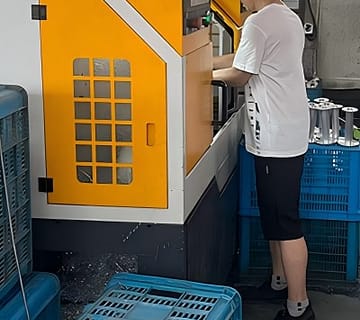
No comment